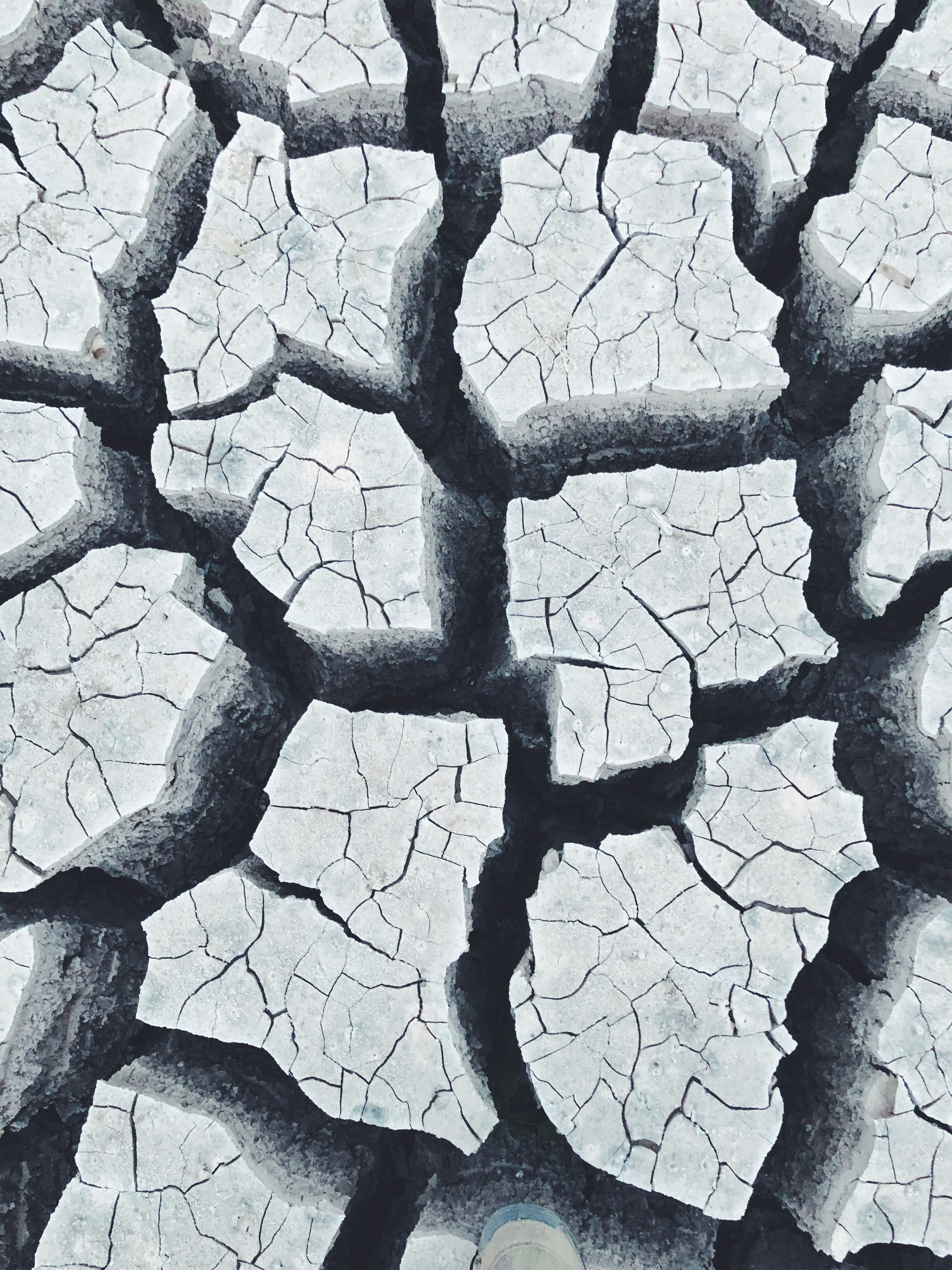BLOG
What Your Competition Don`t Want You to Know.

Earthquake Shakes U.S. East Coast: Understanding the Impact
Introduction
The recent earthquake that rocked the U.S. East Coast has left many residents startled and concerned. Initially measured at a 4.8-magnitude by the U.S. Geological Survey, this seismic event has prompted discussions on earthquake preparedness and safety measures.
Understanding the Earthquake
Earthquakes are natural phenomena caused by the sudden release of energy within the Earth's crust. The magnitude of an earthquake reflects the amount of energy released, with higher magnitudes indicating more powerful quakes.
Location and Affected Areas
The earthquake originated along the East Coast of the United States, causing tremors felt across several states. Major cities such as New York City and Washington D.C. experienced shaking, raising alarms among residents.
Causes of the Earthquake
Geological factors such as tectonic plate movements and faults contribute to the occurrence of earthquakes. In the case of the recent event, shifts in the Earth's crust along a fault line triggered the seismic activity.
Response and Aftermath
Following the earthquake, emergency response teams swiftly mobilized to assess damages and provide aid to affected areas. Despite the relatively moderate magnitude, the quake led to disruptions in transportation, infrastructure, and daily routines.
Damage Assessment
Preliminary assessments indicate varying degrees of damage, including structural damage to buildings, roads, and bridges. The full extent of the damage is still being evaluated as authorities continue to survey affected regions.
Preparedness Measures
Earthquake preparedness is crucial for individuals and communities residing in seismically active areas. Creating emergency plans, securing furniture and objects, and conducting regular drills can help mitigate risks and ensure safety during earthquakes.
Safety Guidelines
During an earthquake, it's essential to seek shelter under sturdy furniture or in doorways, away from windows and heavy objects. After the shaking subsides, individuals should be cautious of aftershocks and follow evacuation procedures if necessary.
Comparison with Past Events
Comparing the recent earthquake with historical seismic events provides valuable insights into regional seismic activity trends. Understanding past events can aid in assessing future risks and enhancing preparedness efforts.
Expert Insights
Seismologists and geologists offer valuable expertise on earthquakes, shedding light on the underlying causes and potential implications of seismic events. Their insights guide policymakers and communities in implementing effective disaster preparedness strategies.
Conclusion
In conclusion, the recent earthquake serves as a reminder of the unpredictable nature of seismic activity and the importance of preparedness. By staying informed, taking proactive measures, and working together, communities can better withstand and recover from such events.
FAQs about Earthquakes
What causes earthquakes? Earthquakes are primarily caused by the movement of tectonic plates beneath the Earth's surface.
Are earthquakes predictable? While scientists can identify regions prone to earthquakes, predicting the exact timing and magnitude of a quake remains challenging.
How can I prepare for an earthquake? Prepare an emergency kit, secure heavy furniture, and create a family communication plan to stay safe during earthquakes.
What should I do during an earthquake? Drop, cover, and hold on to protect yourself during the shaking. Avoid doorways and windows, and stay indoors until the shaking stops.
What are aftershocks? Aftershocks are smaller tremors that occur after a main earthquake, often causing further damage and disruption.
How long do earthquakes last? The duration of an earthquake can vary from a few seconds to several minutes, depending on the magnitude and depth of the quake.
@ Copyright 2023 - Digital Agency | All rights reserved

